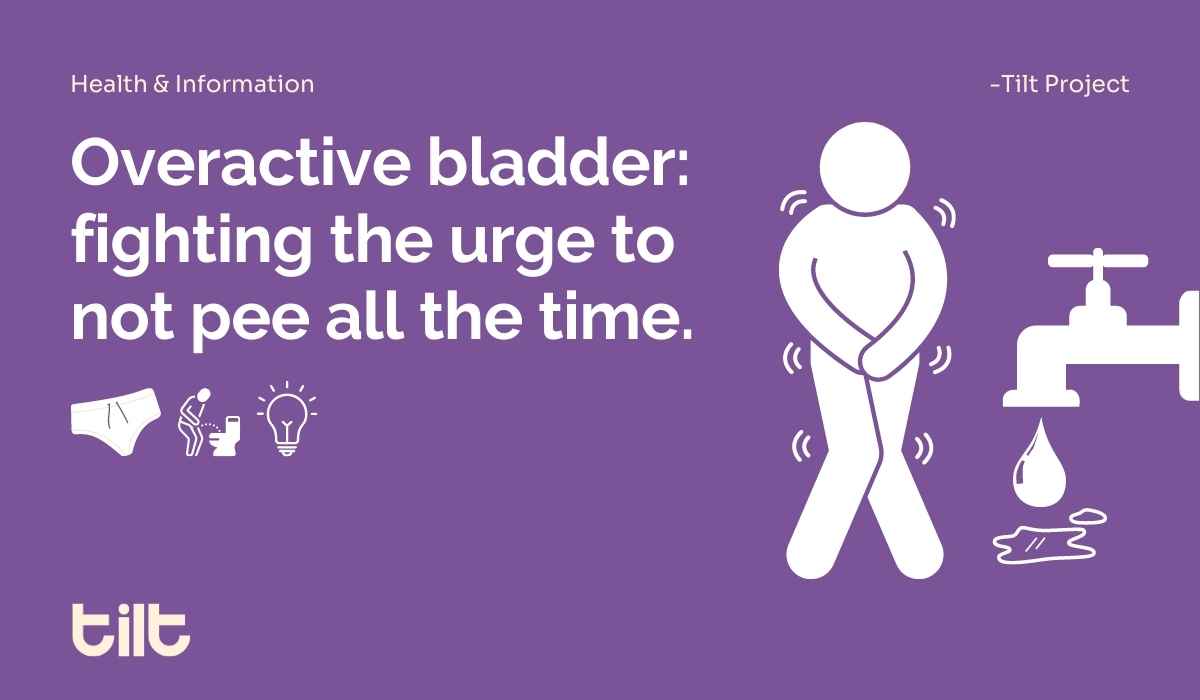Fact Check: around 75% of women worldwide are likely to get at least one yeast infection in their lives. Chances are, you are among those 75% women trying to know what causes vaginal yeast infections and I would like to take this moment to tell you: that it’s normal.
Yeast infection symptoms are easy to spot. Itching, swelling, redness and pain, and it usually happens all down there. If anything, yeast definitely isn’t a fun(guy). Haha, you know we mean fungi yes? Women’s yeast infection symptoms overlap with a lot of other things. But worry not, I am about to clarify what is yeast infection exactly, all the yeast infections causes and how to prevent them from happening.
What is Yeast Infection?
Before you lose your calm over all the funny business down there, it’s important to know what is yeast infection and whether you should be worried at all. Spoiler alert: NO

While yeast isn’t exactly a fun guy, it is also not a bad guy. Our bodies always contain a healthy amount of both yeasts as well as bacteria. They are necessary for destroying harmful organisms and keeping our vagina healthy. But as they say- too much of anything is good for nothing.
An imbalance in the existing amount of yeast can cause yeast to turn into a not-so-candid Candida beast. In short, yeast infection symptoms start appearing if there’s a growth spurt in the existing amount of yeast. This overgrowth triggers a fungus called Candida albicans to invite the infection as it spreads further into the vagina.
Since Candida is what causes vaginal yeast infections, it is also known as Candidiasis. A majority of yeast infections tend to clear up quite easily. Only some cases may require long-term treatments.
Are Yeast Infections STIs?
To state it simply, no. Yeast infections are not considered STIs since they can occur even if a person is sexually inactive. However, it is possible for sexual activities to be one of the yeast infections causes.
What are the Various Yeast Infection Symptoms
Now that we have cleared up ‘what yeast infection is, let’s make sure we know its symptoms.

Women’s yeast infection symptoms are very common. It is therefore advisable to have a proper diagnosis. In the case of Candidiasis, itching and discomfort stand out as major symptoms while other symptoms can vary from mild to average.
Here’s a list of yeast infection symptoms to look out for-
- Vaginal itching and discomfort
- A thick and clumpy, whitish-yellow discharge that has a texture like cottage cheese, could be watery as well
- Redness, swelling and burning on the vulva/vagina
- Pain during sex
- Burn or pain while peeing
- Rashes
Due to the similarity of women’s yeast infection symptoms, it is important that at the realisation of these symptoms, you first visit your doctor instead of treating them yourself. These symptoms easily overlap with several STIs and infections like bacterial vaginosis.
Visit a Doctor Urgently If
- You are unsure if it’s a yeast infection
- There are other symptoms
- Your symptoms do not go after an anti-fungal cream treatment
- This is the first time you got a yeast infection
Is it a Complicated Yeast Infection?
Women’s yeast infection symptoms can differ in severity (i.e. more itchiness, severe discomfort, heavy pain etc.) due to the following conditions-
- You are currently pregnant
- You get a yeast infection 3-4 times a year
- You have diabetes
- Your immune system is very weak
What Causes Vaginal Yeast Infections
Now that we’ve identified the symptoms, let’s find out what causes vaginal yeast infections. This way, we can figure out how to prevent yeast infections well in advance. There are many reasons as to what caused an imbalance in the yeast down there. Here are a few to list-

- Hormonal imbalance: it could be due to pregnancy, PMS, menopause, intake of birth control pills or breastfeeding. These activities can cause an imbalance in your vagina.
- Antibiotics: using antibiotics can decrease the number of good bacteria in your vagina which is responsible for keeping the yeast in balance.
- Diabetes: uncontrolled diabetes can lead to an increase in the sugar of the mucus-lining of your vagina which results in an overgrowth of yeast.
- Sexual activities: yeast infections are contagious through genital or oral contact
- Low immunity system: women with lower immunity–who are HIV positive or have other immunity-related disorders– can easily experience an overgrowth.
- Douches/Vaginal Sprays: these products interfere with your vaginal balance making the area more prone to infections
The yeast in charge of the infection is specifically called Candida Albicans. In case your infection remains untreated despite conventional treatments, a different Candida might be the reason behind it. Candida Albicans can be treated easily, whereas other candida can be more difficult to treat.
How to Prevent Yeast Infections
On today’s episode of retreating the yeast beast, we are on to our final stage of whats and hows. So let’s see how to prevent yeast infections before you have to run for a cure.

Yeast infections vary in severity as well as types, and there are also varying methods on how to prevent yeast infections.
If it’s a Simple Yeast Infection
These infections tend to have mild symptoms and they get over within a small span of days. The treatment can include prescribed or over-the-counter medication for 1-6 days from your doctor. These medications frequently involve regimens of anti-fungal tablets, creams, ointments or suppositories.
If it’s a Complicated Yeast Infection
Some possible treatments for complicated yeast infection may include a suppository treatment of the vagina by your doctor, a long-term prescription of fluconazole, and 14-day usage of anti-fungal creams, ointments or tablets.
Home Remedies
Some natural remedies can help you dodge the need for medical treatments while being very reliable. These might bring you comfort, but won’t be effective in the long run. Ps, wash your hands before you apply anything to the vajajay! Here you go-
- Applying coconut oil
- Using tea tree oil/ cream
- Consuming or applying yoghurt
- Boric acid suppository
Note that a nod from the doctor is important before you go ahead massaging the lips with these resources.
Now that you know the reality of what is yeast infection or what are the various yeast infections causes, I hope you are not too scared of the yeast beast! They are common occurrences in all of us and they are nothing to be hidden or to be shameful about. Here’s to taking care of our vagina and leading a healthy life!
This is a great piece, very well, researched. Just address the comments and lmk if you want to get on a call to chat on this!




